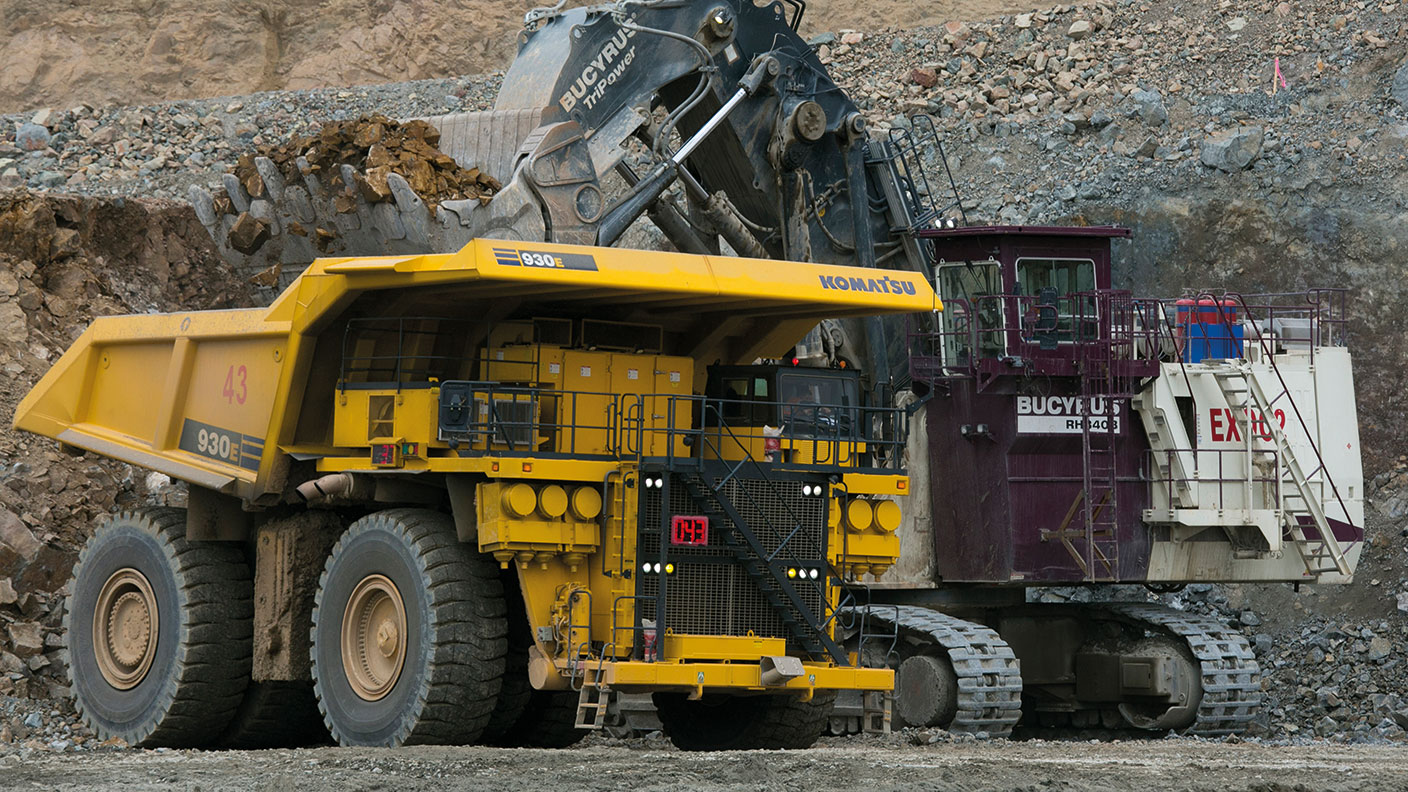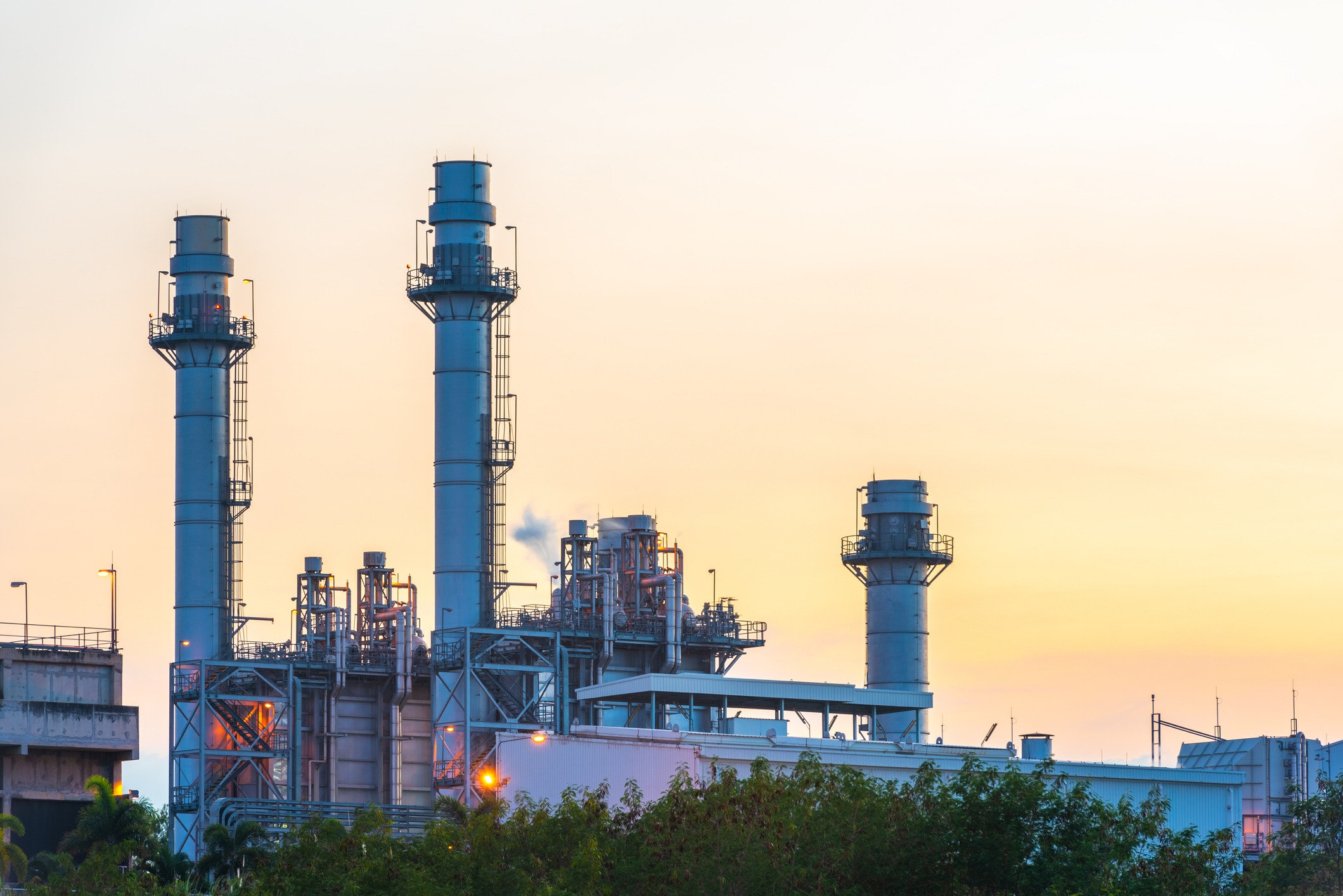Precious metals will keep shining – buy these funds to take advantage
Data on volatility suggests that a V-shaped recovery may not happen, so hold gold or silver.


Precious metals and related investments are supposed to be a hedge against extreme market turbulence. But does the evidence actually back up this contention? I decided to crunch the numbers.
I concentrated on the immediate aftermath of a huge spike in stockmarket volatility. What I wanted to know is if you’d switched out of equities into precious metals-related structures at the end of a bumper day of market volatility (measured by a US index called the Vix, the so-called “fear gauge”), would you still be sitting on decent profits three months later?
Why three months? Volatility after the last 14 spikes during the past 30 years has typically taken 86 days to revert to the average. In other words, it has taken around three months for the market to calm down again.
MoneyWeek
Subscribe to MoneyWeek today and get your first six magazine issues absolutely FREE

Sign up to Money Morning
Don't miss the latest investment and personal finances news, market analysis, plus money-saving tips with our free twice-daily newsletter
Don't miss the latest investment and personal finances news, market analysis, plus money-saving tips with our free twice-daily newsletter
Four previous market wobbles
The obvious starting point this time round is 12 March 2020, when the Vix went crazy and spiked above 80 – a historic high. I have also examined the aftermath of volatility spikes on 5 February 2018, 24 August 2015, 8 August 2011 and 22 October 2008.
I looked at the three-month (or two-month, in the latest case) performance of investments vehicles ranging from specialist gold-mining exchange-traded funds (ETFs) to a silver ETF.
A clear pattern emerges from the data. During most of what I would call the bog-standard market tantrums, precious metals and their various derivatives haven’t delivered much extra value over three months. They shoot up in value initially, but then as sentiment among equity investors improves nearly all those gains vanish.
However, both the financial and the Covid-19 crises are very different scenarios. Three months on and precious-metals investments are still powering ahead, as they did in 2008/2009. Miner Barrick Gold, for instance, had gained 67% by 15 May 2020 and 146% by 22 January 2009. The VanEck Vectors Gold Miners’ ETF is up by 61% this time.
This connotes nervousness about the outlook. If a simple V-shaped recovery appeared on the cards after the first wave of the coronavirus, we could define the current situation as another typical market tantrum where turbulence shoots up and then we all resume business as usual.
But precious-metals investors are very strongly signalling that this is more like the structural crisis we experienced in 2008/2009 when volatility took well over 200 days to get back to normal. Given the increasing worry about second waves of Covid-19 and rising unemployment, I think they may well be right.
Where to look now
In that case, where in the precious-metals sector should investors be looking? Consider silver. It has underperformed, although in recent days and weeks that trade looks to be reversing.
Investors counting on the precious-metals bull run enduring may be moving into silver since it is a leveraged way of playing worries about money printing, putative future inflation and concerns about central banks’ powers; it tends to imitate and magnify gold’s movements. One play on the spot price is the WisdomTree Physical Silver ETF (LSE: PHSP).
Gold mining ETFs have produced very strong results so far. There are two that I think remain worth considering. iShares has a very large gold miners’ fund, the iShares Gold Producers’ ETF (LSE: SPGP), which has a total expense ratio (TER) of 0.55%, while VanEck’s smaller Gold Miners’ ETF (LSE: GDGB) has a slightly lower TER at 0.53%.
It is worth noting, however, that these gold miners’ ETFs do have a loose correlation with equity indices such as the FTSE and they also suffer from high levels of volatility compared with equity benchmarks. So, expect a bumpy, but hopefully profitable, ride.
Get the latest financial news, insights and expert analysis from our award-winning MoneyWeek team, to help you understand what really matters when it comes to your finances.

David Stevenson has been writing the Financial Times Adventurous Investor column for nearly 15 years and is also a regular columnist for Citywire.
He writes his own widely read Adventurous Investor SubStack newsletter at davidstevenson.substack.com
David has also had a successful career as a media entrepreneur setting up the big European fintech news and event outfit www.altfi.com as well as www.etfstream.com in the asset management space.
Before that, he was a founding partner in the Rocket Science Group, a successful corporate comms business.
David has also written a number of books on investing, funds, ETFs, and stock picking and is currently a non-executive director on a number of stockmarket-listed funds including Gresham House Energy Storage and the Aurora Investment Trust.
In what remains of his spare time he is a presiding justice on the Southampton magistrates bench.
-
 300,000 remote workers to miss out on working from home tax relief
300,000 remote workers to miss out on working from home tax reliefThousands of workers forced to work from home will no longer benefit from the working from home tax relief next year. How will it affect you?
-
 How to tap into AI energy stocks
How to tap into AI energy stocksOne certainty about generative AI is that it is hugely energy-intensive. Companies providing that power look set to capture the benefits.
-
 Halifax: House price slump continues as prices slide for the sixth consecutive month
Halifax: House price slump continues as prices slide for the sixth consecutive monthUK house prices fell again in September as buyers returned, but the slowdown was not as fast as anticipated, latest Halifax data shows. Where are house prices falling the most?
-
 Rents hit a record high - but is the opportunity for buy-to-let investors still strong?
Rents hit a record high - but is the opportunity for buy-to-let investors still strong?UK rent prices have hit a record high with the average hitting over £1,200 a month says Rightmove. Are there still opportunities in buy-to-let?
-
 Pension savers turn to gold investments
Pension savers turn to gold investmentsInvestors are racing to buy gold to protect their pensions from a stock market correction and high inflation, experts say
-
 Where to find the best returns from student accommodation
Where to find the best returns from student accommodationStudent accommodation can be a lucrative investment if you know where to look.
-
 The world’s best bargain stocks
The world’s best bargain stocksSearching for bargain stocks with Alec Cutler of the Orbis Global Balanced Fund, who tells Andrew Van Sickle which sectors are being overlooked.
-
 Revealed: the cheapest cities to own a home in Britain
Revealed: the cheapest cities to own a home in BritainNew research reveals the cheapest cities to own a home, taking account of mortgage payments, utility bills and council tax
-
 UK recession: How to protect your portfolio
UK recession: How to protect your portfolioAs the UK recession is confirmed, we look at ways to protect your wealth.
-
 Buy-to-let returns fall 59% amid higher mortgage rates
Buy-to-let returns fall 59% amid higher mortgage ratesBuy-to-let returns are slumping as the cost of borrowing spirals.